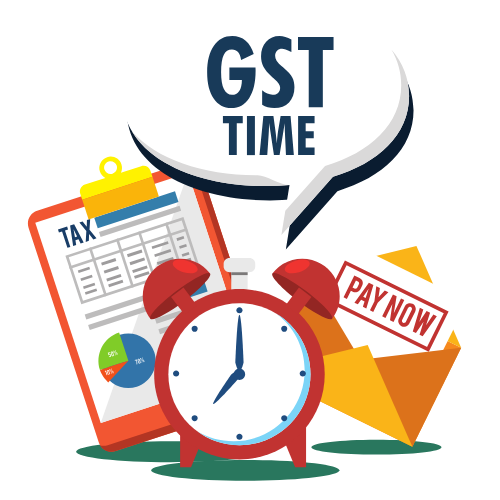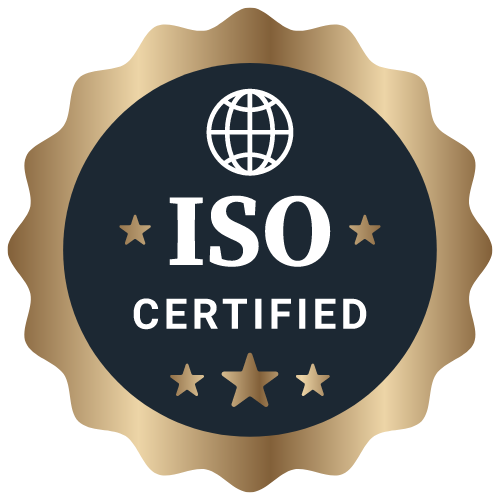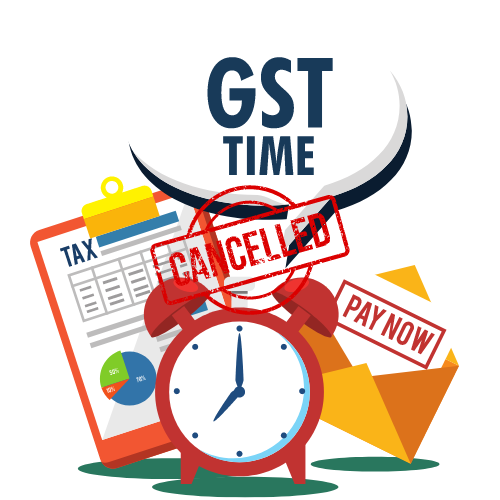Exploring the Legal Framework of PF Registration in India
Learn about the legal framework surrounding PF registration in India, including the rules and regulations that govern this process. Stay informed and ensure compliance with the law by exploring the various aspects of PF registration in India.
Exploring the Legal Framework of PF Registration in India
Provident Fund (PF) is a social security scheme that aims to provide financial security and stability to employees during their retirement. In India, PF registration is mandatory for all establishments that employ 20 or more employees. The Employees' Provident Fund Organisation (EPFO) is the regulatory body responsible for overseeing and enforcing PF regulations in the country.
Legal Requirements for PF Registration
Under the Employees' Provident Funds and Miscellaneous Provisions Act, 1952, it is compulsory for all eligible establishments to register for PF within one month of reaching the threshold of 20 employees. The registration process involves submitting Form-9 along with various documents such as address proof, incorporation certificate, and PAN card.
Upon successful registration, the establishment is assigned a unique PF code that is used for all future correspondence and transactions with the EPFO. Failure to register for PF can result in penalties and legal repercussions, including fines and imprisonment.
Benefits of PF Registration
PF registration offers several benefits to both employers and employees. For employers, it helps in complying with legal requirements and avoiding potential penalties. It also contributes to the welfare of employees by ensuring their financial security post-retirement.
Employees benefit from PF registration by having a portion of their salary contributed towards a savings fund that can be withdrawn upon retirement. Additionally, PF contributions are eligible for tax deductions under the Income Tax Act, making it a tax-efficient investment option.
EPF Registration Process
The EPF registration process involves several steps to ensure compliance with PF regulations. Employers are required to create an account on the EPFO portal and submit the necessary documents for verification. Once the documents are verified, the establishment is issued a PF code and can start making contributions towards the PF fund.
Employers are also responsible for deducting PF contributions from employees' salaries and depositing them with the EPFO on a monthly basis. The EPF portal allows employers to easily track and manage their PF contributions, making the process more streamlined and transparent.
PF Withdrawal and Transfer
Employees who have contributed to their PF account for a minimum period of five years are eligible to withdraw the accumulated amount for various reasons, such as retirement, medical emergencies, or educational purposes. The EPFO has introduced online withdrawal facilities to expedite the process and reduce paperwork.
In cases where employees change jobs, they have the option to transfer their PF account from their previous employer to the new employer. The EPFO has made the transfer process seamless by allowing online transfers through the Unified Portal for easier tracking and monitoring.
Conclusion
PF registration is a crucial aspect of ensuring financial security for employees and compliance for employers. By understanding the legal framework and requirements of PF registration in India, establishments can protect the interests of their employees and avoid any potential legal issues in the future.
Latest Updates
ca4filings.com Services




























-registration.png)



